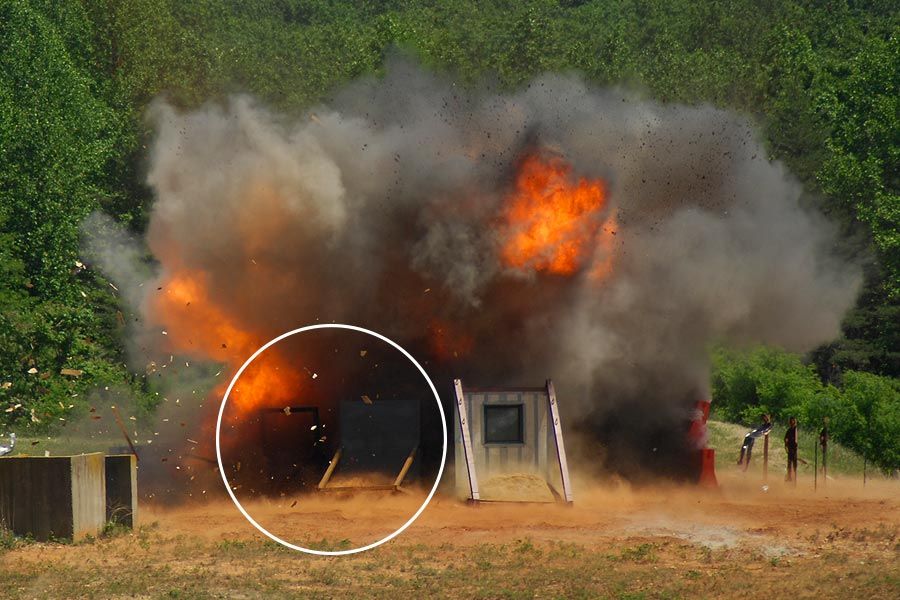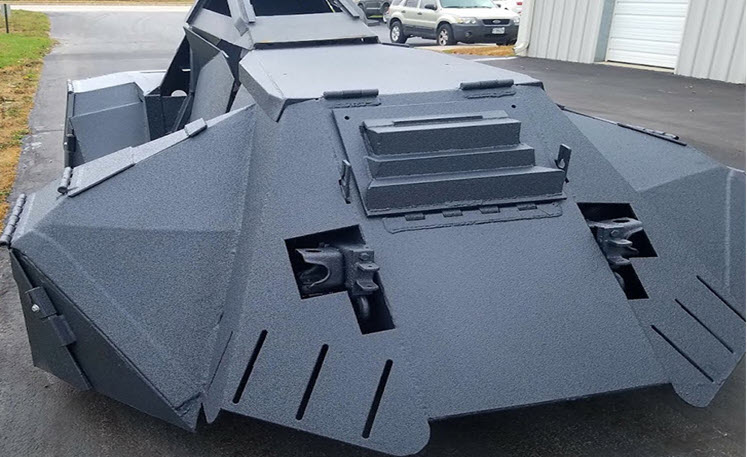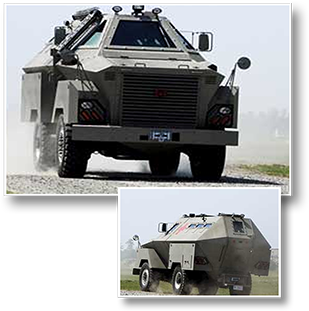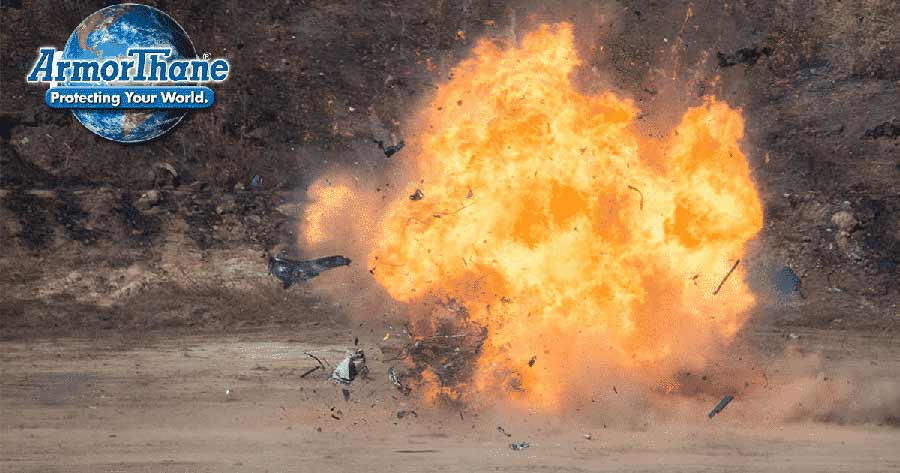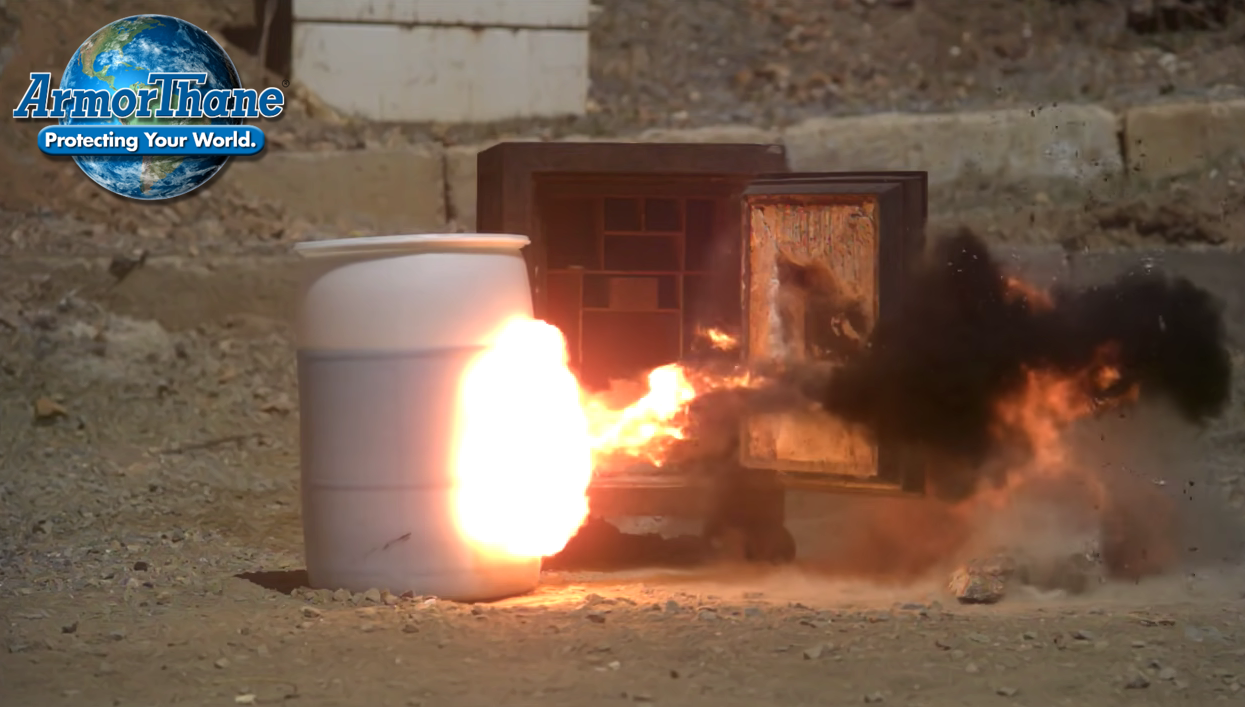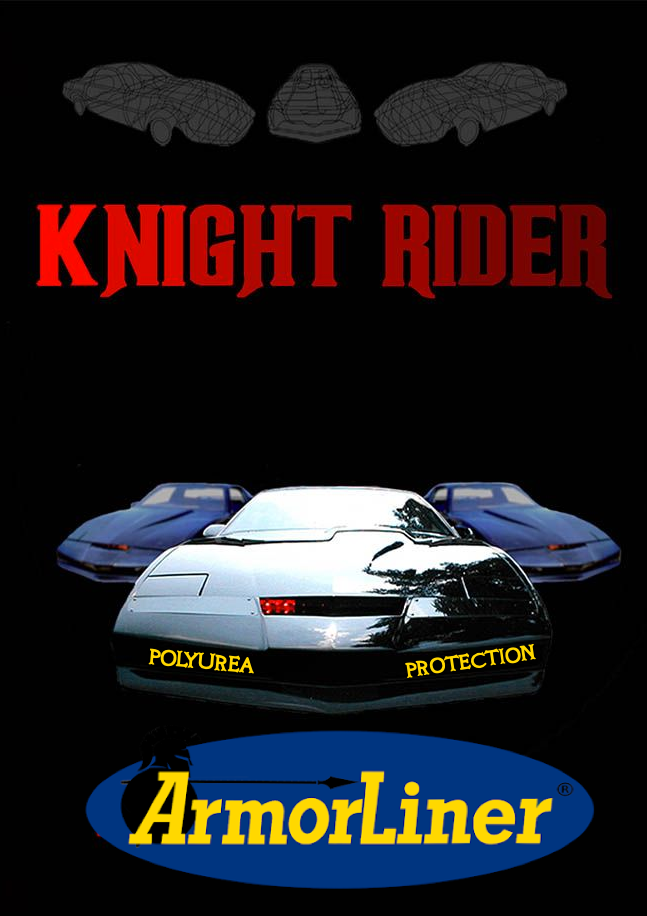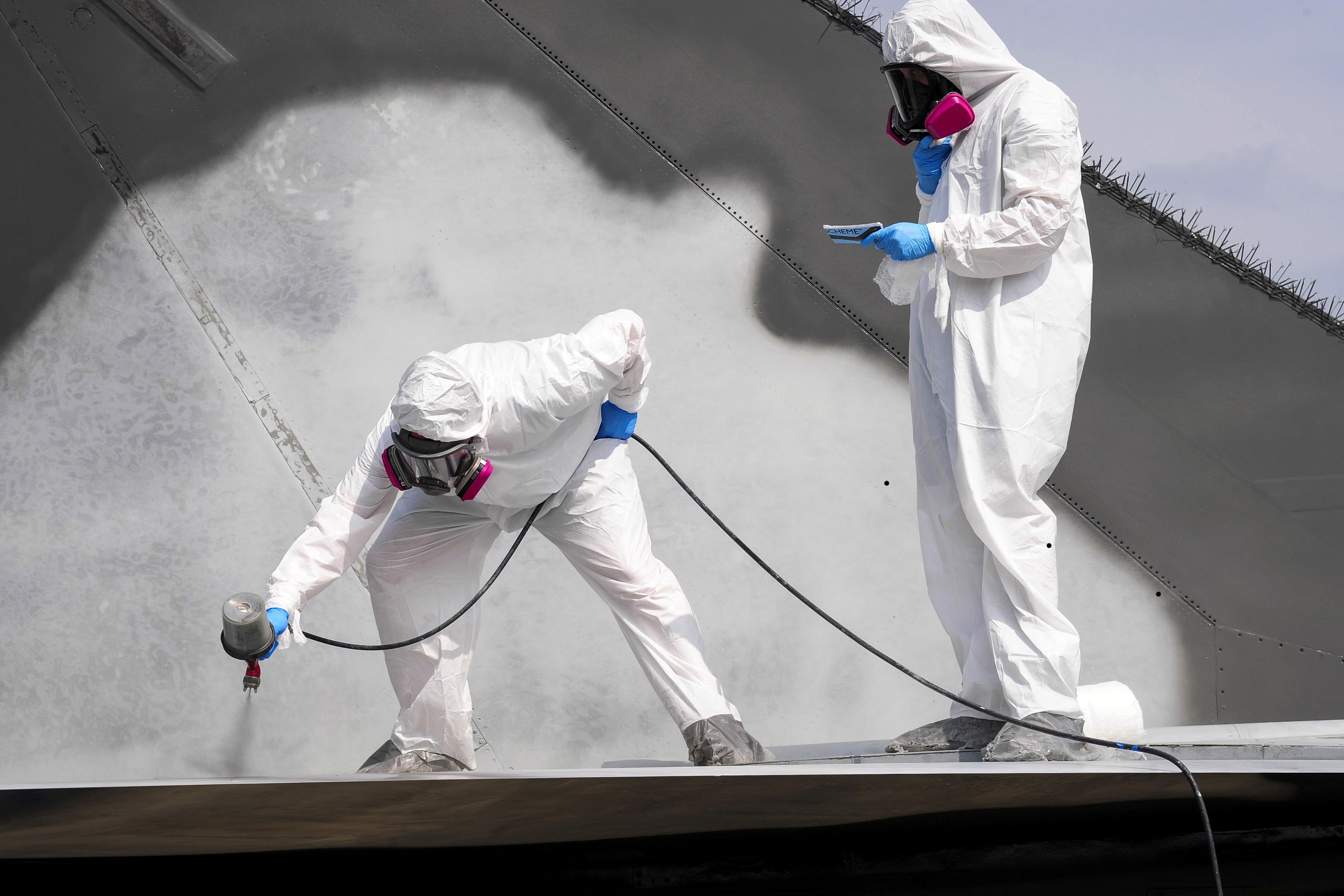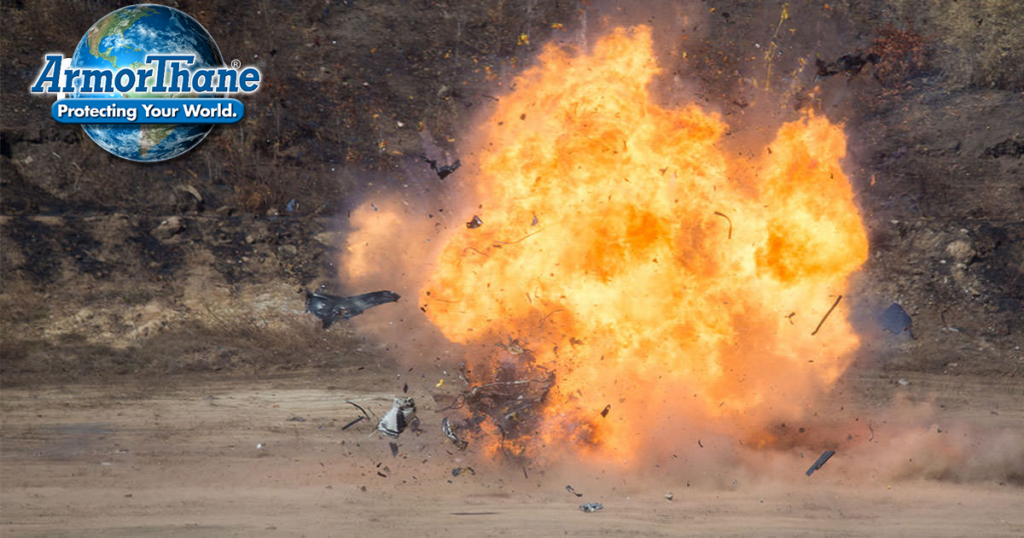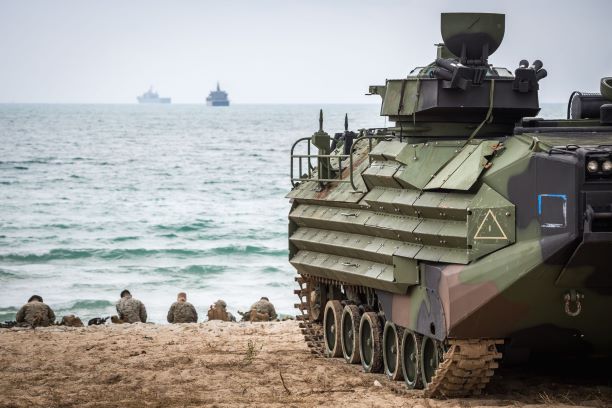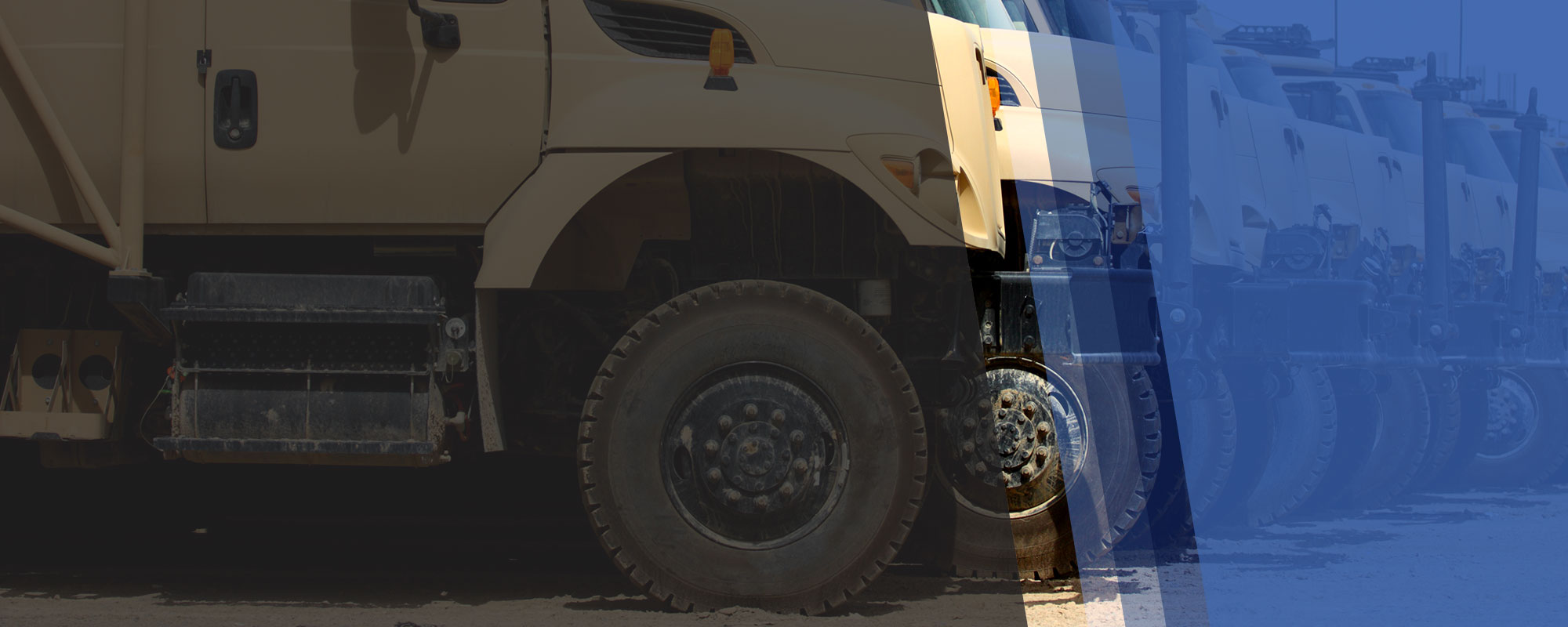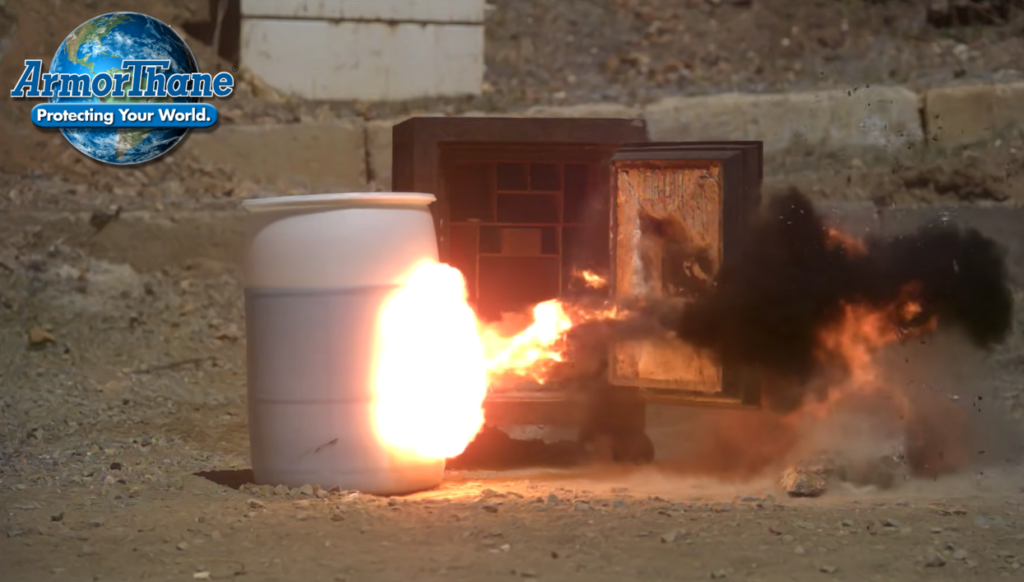In today’s volatile world, ensuring the safety and security of individuals and infrastructure has become increasingly vital. Among the various threats, explosions pose significant risks, resulting in devastating consequences. However, recent advances in blast mitigation techniques have revolutionized the field, introducing advanced materials such as polyurea that offer exceptional protection against the destructive forces of blasts. This blog post will delve into the concept of blast mitigation, exploring the significance of polyurea and its applications in safeguarding lives and property.
Understanding Blast Mitigation
Blast mitigation refers to the combination of strategies, technologies, and materials implemented to reduce the impact of explosions. Whether it is accidental explosions in industrial settings or deliberate acts of terrorism, the goal of blast mitigation is to limit casualties, minimize property damage, and promote overall resilience. Effective blast mitigation measures go beyond simply preventing explosions; they aim to control the pressure, impulse, and fragmentation produced during blast events.
Polyurea: A Game-Changing Material
Among the various materials utilized in blast mitigation, polyurea stands out as a highly effective and versatile solution. Polyurea is a synthetic polymer known for its exceptional strength, flexibility, and durability. It offers remarkable resistance to impact, corrosion, chemical exposure, as well as extreme temperatures. These characteristics make polyurea an ideal choice for blast mitigation applications.
Polyurea’s Applications in Blast Mitigation
Polyurea finds wide-ranging applications in blast mitigation due to its unique properties. It can be used as a protective coating for infrastructure, reinforcing structural elements with an extra layer of resilience. From government buildings and military facilities to critical infrastructure such as bridges and power plants, polyurea coatings provide an effective barrier against blasts.
Additionally, polyurea-based liners can be utilized to protect containment vessels, fuel storage tanks, and pipelines. Their highly flexible nature enables them to withstand immense pressure and absorb shockwaves, preventing catastrophic failures. Such applications are particularly crucial in environments prone to accidents or attacks.
Polyurea’s Benefits Compared to Alternatives
Compared to traditional blast mitigation materials, polyurea offers several significant advantages. Firstly, its fast curing time ensures quicker installation, reducing downtime for critical facilities. Moreover, its high tensile strength and elasticity allow for maximum energy absorption, effectively dissipating blast forces and reducing structural damage.
The remarkable chemical resistance of polyurea contributes to its longevity, protecting structures from corrosion and degradation over time. Also, its ability to adhere to various substrates, including concrete, steel, and wood, ensures a seamless application across diverse surfaces.
Polyurea’s Future in Blast Mitigation
As technology continues to evolve, so does the field of blast mitigation. Polyurea stands at the forefront of these advancements, with ongoing research and development focused on enhancing its properties further. New formulations and innovations are being explored to cater to specific blast scenarios, including underwater explosions, ballistic impacts, and seismic events.
Conclusion
In an ever-changing world, blast mitigation remains a critical aspect of protecting lives and infrastructure. The exceptional properties of polyurea have paved the way for more effective blast mitigation strategies, offering enhanced safety and resilience. From protective coatings to liners, polyurea provides the strength, flexibility, and durability necessary to withstand the destructive forces of explosions. As the field of blast mitigation progresses, polyurea continues to be a game-changer, ensuring a safer tomorrow for everyone.

